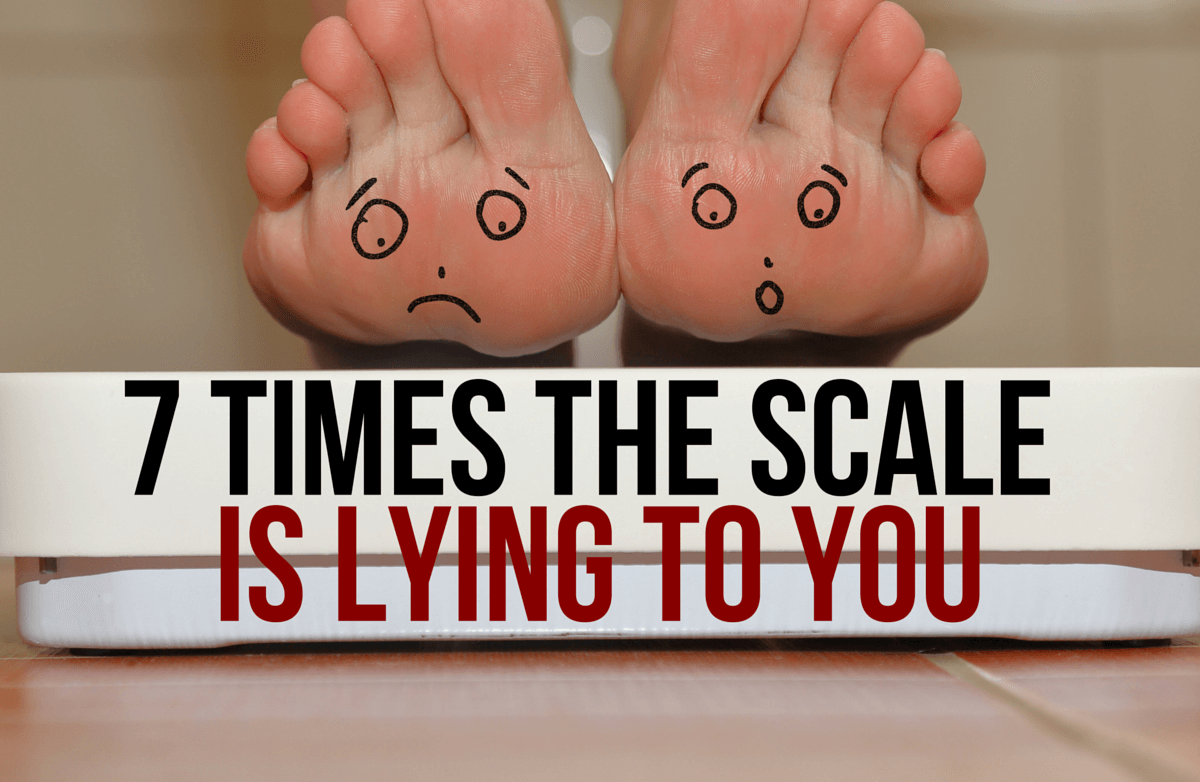Unless you’re lucky enough to live in a tropical climate, you’ll most likely find yourself faced with the prospect of exercising in the cold at some point. Maybe you don’t have access to an indoor gym, or you prefer getting your fitness on in the fresh (albeit frosty) air. Either way, there’s no reason to let frigid temperatures freeze your progress toward your goals. Whether your activity of choice is running, walking, biking or hiking, there’s no reason you can’t enjoy the great outdoors all year round—with some modifications, of course.
Dr. Tim Miller, director of the endurance medicine program at The Ohio State University Wexner Medical Center, works with Olympians and other elite athletes who train and compete in sub-zero weather. Using his smart strategy recommendations, you’ll learn how to properly warm up and stay safe no matter how low the temperatures dip outside.
The Importance of the Warm-up
Whether it’s 90 or nine degrees, never underestimate the importance of the warmup. fitness expert Jen Mueller recommends taking a few moments to prep your body for activity to help increase the flow of blood, oxygen and nutrients to the muscles, giving them the energy they need for the demands you’re about to place upon them. A proper warmup prepares the heart for exertion, allowing the blood pressure to rise gradually instead of spiking. It also helps to prevent injury to the tissues and joints, among other bodily benefits.
Add cold weather to the mix and Dr. Miller says the warmup becomes even more essential. “Cold temperatures lead to tight muscles and stiff joints, which put soft tissues, particularly the tendons, at higher risk for strains and tears,” he says. He adds that it’s especially important for athletes with exercise-induced bronchospasm (EIB), also known as exercise-induced asthma, to do a slow and comprehensive warmup. “Cold temperatures put athletes with reactive airway disease at an increased risk for triggering coughing from bronchospasm.”
When warming up, try to engage in a few minutes of the same type of activity you’ll be doing during the main event, but at a lower and slower intensity. For example, if your goal is to jog five miles, start out at a brisk walk or easy jog before going all out. It’s also a good idea to perform a few stretches to loosen up cold muscles.
Dr. Miller’s Tips and Tricks for Exercising in the Cold
- Layer up. There’s a reason this age-old advice to layer up keeps popping up: It works. Dr. Miller says dressing in thin, breathable layers is key to any successful cold-weather workout. “It is important to have all skin and appendages covered when going out to train in the cold, but the layers should not have you feeling overly warm or hot when you leave your house,” he says. “If you are going out for a run, your body will heat up and likely be sweating within just a few minutes, even if the temperature is below freezing.” As your body temperature rises, you can peel off external layers. Consider wearing a small sports backpack or cinch sack so you can stow articles of clothing as you shed them.
- Use the wind to your advantage. If you’re headed outside for a chilly run, Dr. Miller suggests running into the wind at the beginning and then with the wind at your back on the way home. This allows you to minimize the amount of moisture (sweat) against your body, which helps to keep your body temperature from dropping. As a bonus, having the wind behind you provides a boost during the last portion of your run or workout, when your energy may be dwindling.
- Be patient. Your first frigid fitness sessions may have you dreaming of a warm blanket and roaring fire, but they’ll likely become more bearable as you get used to the frosty temps. “Experienced elite-level athletes become acclimated to cold temperatures after extensive cold-weather training,” Dr. Miller points out.
- Stay hydrated. Water is probably the last thing on your mind when you’re shivering your way through a snowy 5K, but experts agree that it’s still important to drink up in cold temperatures. Even if you don’t feel hot and sweaty, you’re still losing fluids that need to be replenished.
Essential Cold-Weather Gear
So, you know it’s important to bundle up, but what items do you really need? When exercising outside, you’ll need different gear than your everyday cold-weather accessories. Dr. Miller recommends investing in these fitness-friendly items to ward off the winter chill.
- Nylon clothing: When it’s cold outside, a sweaty cotton shirt will cling to your skin and bring down your body temperature. “When training in cold weather, it’s key to keep sweat away from your skin and not let your sweat start to freeze,” says Dr. Miller. Nylon fabric wicks sweat away from the body, which helps to decrease moisture against the skin better than cotton garments.
- Skull cap: Even if that old myth about losing half the heat from our heads has pretty much been debunked, a well-insulated skull cap will still decrease the amount of heat that escapes from your noggin. Plus, it simultaneously serves the all-important task of protecting your ears from the extremities.
- Balaclava mask: Not only does it protect your skin from the cold, a face mask also warms the air before it is inhaled into the lungs, decreasing the chance of coughing or triggering a reactive airway.
- Mittens: Wearing mittens can help to maintain blood flow to the fingers better than gloves because the fingers can share heat, and there is less surface area to lose body heat.
Is it Ever Too Cold to Exercise Outside?
Even with all of the proper precautions and preparations, is there ever a time when it’s ill-advised—or downright dangerous—to head outdoors for a wintry workout? According to Dr. Miller, as long as the body is allowed time to acclimate to cold weather and proper clothing is worn to cover all skin and appendages, there is no specific temperature that is too cold for training.
That said, he noted, as temperatures drop closer to zero, the risk of frostbite goes up significantly when the skin is exposed for more than just a few minutes.
Additionally, there is an increased risk of falls and ankle injuries, such as sprains and fractures, when ice is on the ground. “Caution with your footing is a must, and depending on the terrain in which you are training, devices like crampons can make a big difference in getting traction in snow and ice,” says Dr. Miller.
After your cold-weather workout, get inside to warmer temperatures as quickly as possible. Dr. Miller says that ideally, you should change into warm, dry clothes right away to prevent hypothermia and to decrease the risk of skin chafing.













